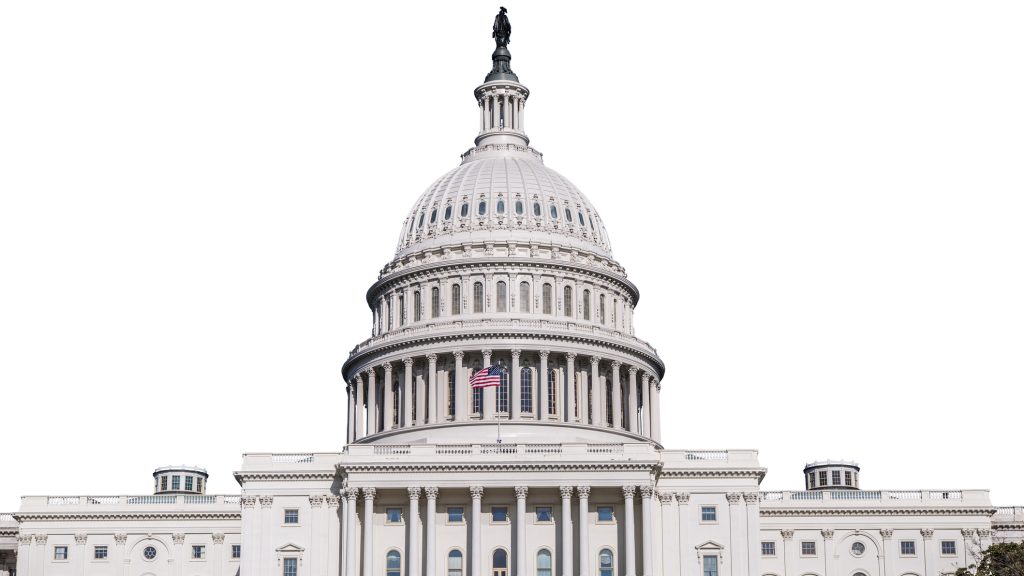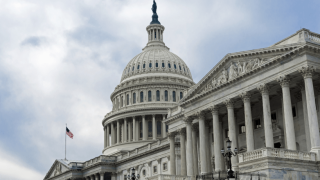The Big Picture
Pivotal pieces of President Biden’s legislative agenda have recently seen movement within Congress, however annual funding bills and other key budgetary and program renewals remain stuck in Congressional gridlock. Here is a review of where the key items stand:
Infrastructure: On November 15, President Biden signed the $1.2 trillion Bipartisan Infrastructure Funding (BIF) bill into law, enacting a key piece of his domestic spending agenda which will provide money to state and local governments to upgrade and expand roads, bridges, transit systems, broadband, and more. BIF originally passed the Senate in August but was stuck in the House as Democrats negotiated a deal on the budget reconciliation bill. This represents the first major bipartisan win for President Biden.
Budget Reconciliation: On November 19, the House passed the Build Back Better Act (BBBA) with a final vote of 220-213, effectively sending it over to the Senate. The $1.75 trillion bill includes provisions to fund universal pre-K, Pell grant expansion, Medicare expansion, renewable energy credits, and major Obamacare subsidies. The bill also includes some funding to improve the depleted teacher and school leader pipelines, including teacher residency, principal professional learning, and so-called “Grow Your Own” programs. To meet the demands of Senators Manchin (D-WV) and Sinema (D-AZ), the bill’s price tag was reduced significantly from approximately $3.5 billion, with the tuition-free community college initiative amongst the most significant proposals to be eliminated before the House’s vote. Despite these cost cuts, BBBA still faces significant barriers to passage in the Senate. The House bill now includes funding for paid leave, something that Senator Machin has stated repeatedly that he opposes. Additionally, Senate Budget Committee Chairman Bernie Sanders (I-VT) opposes raising the SALT cap deduction, which would largely help wealthier citizens. Senate Majority Leader Schumer (D-NY) hopes to complete negotiations and have the Senate vote on a final version this month. Democrats need all 50 senators in their party to support the bill for it to pass. If the Senate revises the bill again, as it probably must do to assure passage, the House will need to vote on it again for it to become law.
Appropriations: While the new federal fiscal year began on October 1, Congress has still not approved any of the FY 22 appropriations bills. To prevent a government shutdown, Congress passed a Continuing Resolution on September 30 to keep the government operating until December 3. Absent any progress on funding negotiations, Congress passed another Continuing Resolution before December 3rd, which will keep the government operating until February 18th. This will further delay decisions on annual federal education funding until next year.
Debt Ceiling: On October 13, Congress voted to allow the government to raise the federal debt ceiling. However, this was just a temporary fix and the ability of the government to borrow will likely terminate in mid-December without additional action by Congress. Treasury Secretary Janet Yellen informed congressional leaders on November 16 that the federal government will run out of the ability to pay all of its debt obligations on December 15.








